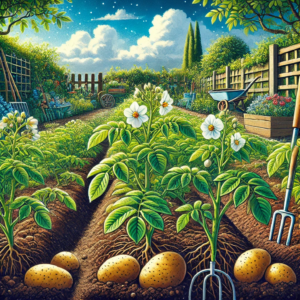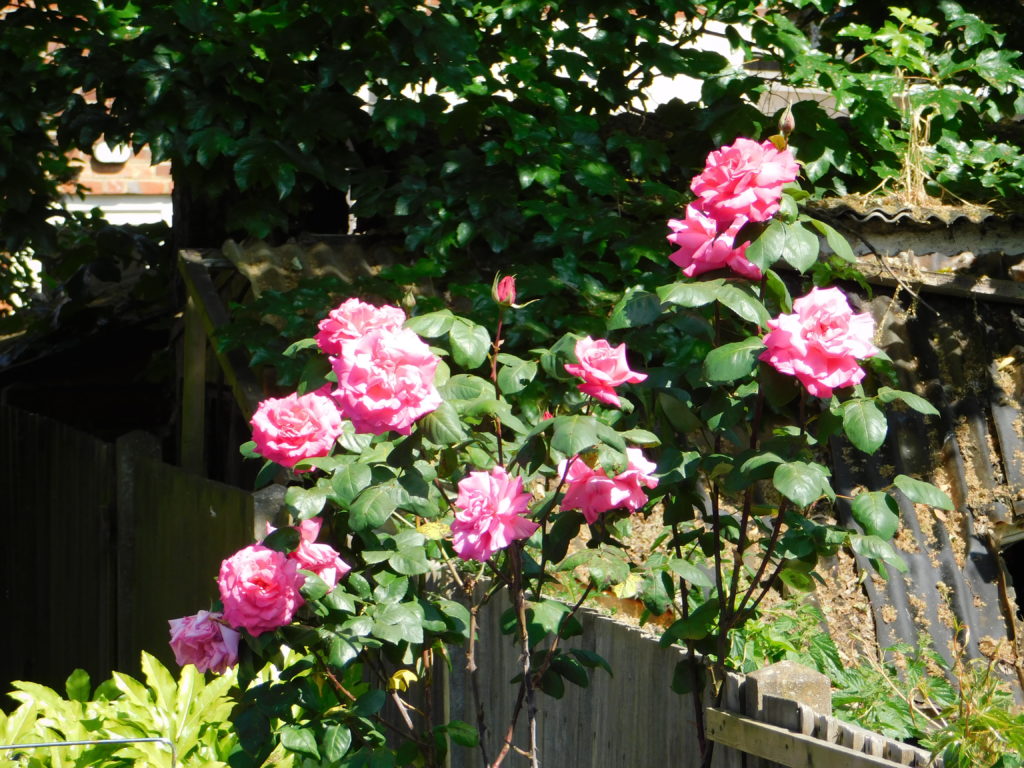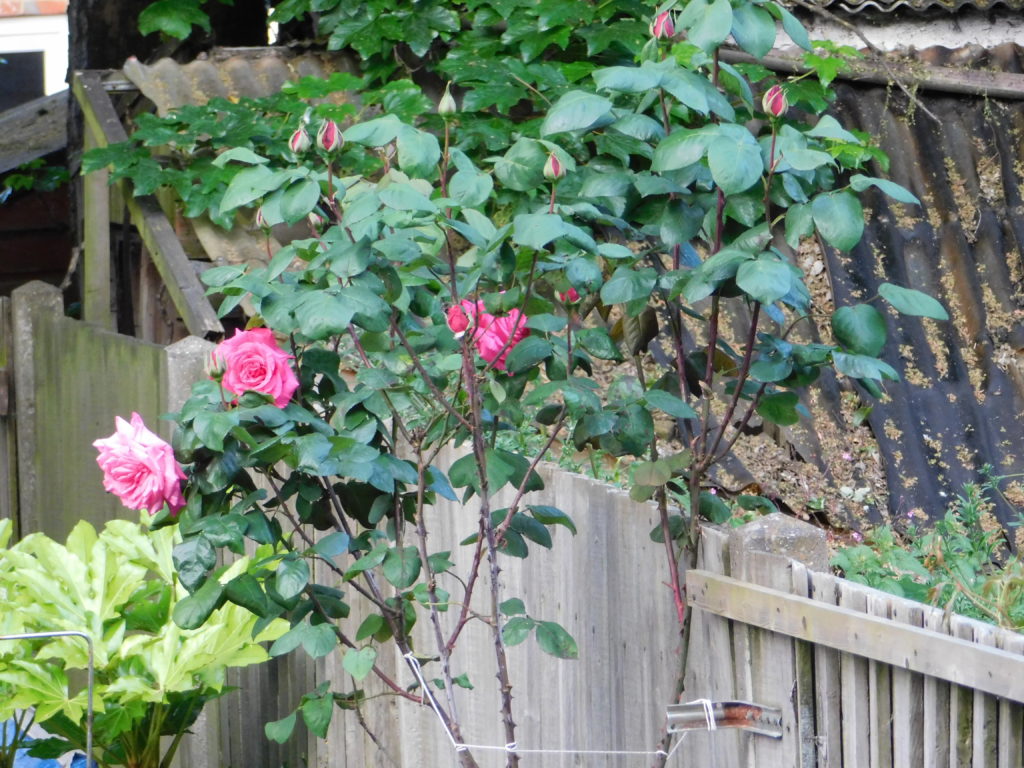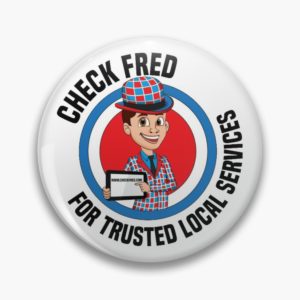The Best Ways to Plant and Grow Potatoes in the UK
Potatoes are a versatile and popular crop, well-suited to the UK’s temperate climate. With proper planning and care, growing a bountiful harvest can be straightforward. This guide outlines the best practices for planting and cultivating potatoes in the UK.
1. Selecting the Right Varieties
Choosing the right potato variety is essential. Potatoes are broadly categorized into first earlies, second earlies, and maincrop varieties.
- First earlies (e.g., Rocket, Pentland Javelin) are ready in around 10-12 weeks and are ideal for new potatoes.
- Second earlies (e.g., Charlotte, Kestrel) take 12-14 weeks and are slightly larger.
- Maincrop varieties (e.g., Maris Piper, King Edward) take 16-20 weeks and are best for storage and roasting. Consider your intended use and growing space when selecting varieties.
2. Preparing the Soil
Potatoes thrive in fertile, well-drained soil with a slightly acidic pH (5.5-6.5). In the autumn or winter before planting, prepare the soil by digging in well-rotted manure or compost to enrich its nutrient content. Avoid planting potatoes in the same spot where they were grown the previous year to prevent disease build-up.
3. Chitting the Seed Potatoes
Chitting encourages the seed potatoes to sprout before planting, leading to faster growth. To chit potatoes:
- Place them in a cool, light-filled area, such as a windowsill or frost-free shed, with the eyes facing upward.
- Allow the shoots to grow to about 2-3 cm (1 inch) before planting.
4. Planting
Potatoes should be planted from March to May, depending on the variety and region. First earlies can be planted as soon as the risk of frost diminishes, typically in late March or early April.
- Dig trenches 10-15 cm (4-6 inches) deep and 60 cm (24 inches) apart.
- Place the seed potatoes in the trench with the shoots facing upward, spacing them 30 cm (12 inches) apart for earlies and 40 cm (16 inches) for maincrop varieties.
- Cover the potatoes with soil.
5. Earthing Up
As the plants grow, “earthing up” is vital to protect developing tubers from sunlight, which can turn them green and toxic. When the shoots reach about 15 cm (6 inches), draw soil around them to create small ridges. Repeat as the plants grow taller.
6. Watering and Feeding
Regular watering is crucial, especially during dry spells and when tubers are forming (from flowering onwards). Avoid overwatering, which can cause rot. Apply a high-potash fertilizer to promote healthy tuber development.
7. Pest and Disease Management
Common issues include blight, slugs, and potato cyst nematodes. To reduce risks:
- Choose blight-resistant varieties like Sarpo Mira.
- Practice crop rotation.
- Remove any diseased plants promptly.
8. Harvesting and Storage
- First and second earlies can be harvested when the flowers appear or when the foliage starts to yellow.
- Maincrop potatoes are ready when the foliage dies back. Leave them in the ground for 2 weeks to allow the skins to harden.
Store potatoes in a cool, dark, and well-ventilated space to prevent sprouting and spoilage.
By following these steps, you can enjoy a successful potato harvest, perfect for the UK’s climate and culinary traditions.
.
.





